Transcription of Anti-money-laundering package 2021 - European Parliament
1 BRIEFING Implementation Appraisal EPRS | European Parliamentary Research Service Author: Eckhard Bi nder Ex-Post Evaluation Unit PE March 2021 EN Anti-money-laundering package 2021 Strengthening the framework This briefing is one in a series of 'implementation appraisals', produced by the European Parliamentar y Research S ervice (EPRS ), on the operation of existing EU legislation in practice. Each briefing focuses on a specific EU law which is likely to be amended or reviewed, as envisaged in the European Commission's annual work programme. 'Implementation appraisals' aim at providing a succinct overview of publicly available material on the implementation, application and effectiveness to date of specific European U nion (EU) law, drawing on input from EU institutions and bodies, as well as external organisations. They are provided by the E x-Post Evaluation Unit of EPRS , to assist parliamentary committees in their consideration of new European Commission proposals, once tabled.
2 SUMMARY Over the past three decades, the European Union has constantly improved its framework to fight money laundering and terrorist financing . The focus of EU action has been o n pr ev ent io n, as well as the investigation and prosecution of such harmful practices. Despite these constant improvements, the existing framework still suffers from s o me s h or tco mings, uneven national transposition of the Anti-m o ney- laundering Directive. At the same time, w h ile not replacing national supervision, there is also a need for better supervision at EU level of sectors prone to money laundering activities. Finally, th e investigative and prosecuting aspect c o u l d b e nefit from better coordination of national Financial Intelligence Units. In 2020, the European Commission therefore presented an action plan for a new single EU Anti-money-laundering system, outlining areas for future proposals that the European Commission will present as a package in spring 2021.
3 The main areas of focus for this 2021 package will be (i) a proposal to transfer parts of the existing Anti- money -la u nderin g Directive to a regulation, thereby directly applicable in the Member States, (ii) an EU level supervision with an EU-wide Anti-money-laundering supervisory system, and (iii) a coordination and support mechanism for Member States' Financial Intelligence Units. EPRS | European Parliamentary Research Service 2 1. Background and content of the EU legislation against money laundering and countering financing of terrorism Better supervision of the financial system and the fight against money laundering and terrorist financing feature among the von der Leyen European Commission priorities for E ven though there are no solid EU-wide figures on the actual amount of money involved in suspect financial activity, there is a need to enhance t h e d etection of money laundering activities and the recovery of criminal assets in the EU, especially to prevent their use for terrorist I n r e cent years, the EU institutions have further strengthened the EU anti- money -la u nderin g (AML) framework.
4 Following the adoption of the fifth AML Directive3 by the European Parliament and the Council in 2018, the European Commission presented a communication in 2019,4 accompanied by a series of reports that built the basis for further discussions on the improvement of the AML framework. The results and conclusions of these discussions have led to a European Comm ission action plan,5 adopted in 2020. Before describing the expected elements of the AML package , w h ich the Commission will present in spring 2021, this chapter summarises the main aspects of the existing EU AML framework and the 2020 AML action plan. Main features of existing AML legislation European Union legislation tackles the issue of AML from two angles. On the one hand, p r e v ention of money - laundering activities is the role of AML directives that have evolved over the past decades. On the other hand, EU enforcement legislation deals with investigation and prosecution in the field of money laundering .
5 To guarantee a consistent approach to AML legislation within the single market and to protect the financial system, the Council adopted the first AML Directive on preventative measures in This framework is closely aligned with the recommendations from the Financial Action Task Force (FATF), the international standard setter on AML and countering the financing of terrorism (CFT). Since then, the directive has been amended four times, progressively extending the scope of crimes, professions and activities Currently, provisions within the two latest amendments to the AML Directive are in AML Directive provides for the following requirements: reinforced risk-based approach, by requiring risk assessments by public authorities and obliged entities subject to AML obligations (financial institutions and other non-financial gatekeepers); internal controls measures by obliged entities; the application of customer due diligence requirements depending on the level of risk.
6 In case of higher risks ( third countries with strategic deficiencies, politically exposed persons) enhanced vigilance to be applied; monitoring of transactions by obliged entities and reporting of suspicious transactions to a financial intelligence units; powers and cooperation duties of Financial Intelligence Units (FIU) for collecting, analysing and disseminating information relating to money laundering and terrorist financing (ML/TF); setting up information sources available to competent authorities such as bank account registers or retrieval systems; transparency requirements on beneficial ownership information, including registers to identify the real owners of companies and trusts; supervision, sanctioning powers of competent authorities and cooperation duties among supervisors; whistle-blower mechanism and protection. This framework is completed by a Regulation on information accompanying transfers of funds,9 which defines the information and AML controls to be put in place for funds transfers.
7 This set of Anti-money-laundering package 2021 3 rules is complemented by EU financial services legislation on licensing/registration and fit-and-proper requirements for financial institutions and payment institutions. In addition to the AML directives, two directives deal with the issue of money laundering from the law enforcement side: Directive (EU) 2019/1153 facilitating the use of financial and other information for the prevention, detection, investigation or prosecution of certain criminal offences; Directive (EU) 2018 1673 on combating money laundering by criminal law. Figure 1 provides an overview of the actors at EU and national level in the prevention of AML and CFT and the interaction between them as regulated by the EU acquis. The 2020 European Commission action plan On 7 May 2020, the European Commission presented an action plan for a new single EU AML system, along with a refined and more transparent methodology to identify high-risk third countries and an updated list of high-risk third countries.
8 The a ct io n plan consists of the following six broad areas, of which at least the first three elements will probably be part of the AML package expected in 2021: a single EU rulebook to prevent money laundering and terrorist financing through a consistent, EU-wide set of rules; EU level supervision with an EU-wide anti- money -la u nderin g s u p er v iso ry s y st em; a coordination and support mechanism for Member States' FIUs; Figure 1 Preventing money laundering and terrorist financing across the EU How does it work in practice? Source : European Commission, 2018. EPRS | European Parliamentary Research Service 4 enforcing EU-level criminal law provisions and information exchange, including on the role of Europol's Financial Crime Centre and European Commission guidance on the role of public-private partnerships to clarify and enhance data sharing; and a methodology for identifying high-risk third countries under the fourth AML Directive and a delegated regulation modifying the current list of high-risk third countries to align it with the list drawn up by the Financial Action Task Force (FATF).
9 Both elements were presented together with the 2020 action plan; effective application of EU AML rules at national and EU level as an ongoing task. 2. The 2021 AML package Objectives of the AML package Following the public consultation on the 2020 AML action plan, the Commission outlined the main aspects of the 2021 AML package at a high-level conference on 30 September D u r i n g this conference, Vice-President of the Commission Valdis Dombr ovsk is mentioned that 'e f f e ct iv eness, efficiency, enforcement .. [is] the 'fil rouge', running through the action and strategy that [the Commission] take[s] in dealing with money - laundering '.11 With the AML package , the European Commission wants to reach the following three broad objectives: Address the fragmentation in transposition at national level. This calls for g r e a ter harmonisation in the application of certain rules by gatekeepers. The Commission proposal will therefore contain a proposal for a AML regu latio n, directly applicable in Member States; Enhanced supervision at EU level, while not replacing national supervision.
10 Such enhanced supervision, by a dedicated EU supervisor, should also increase supervision of the non-financial sector, in addition to the supervision of financial institutions; Better coordination of FIUs. Cooperation between national FIUs could be supported at EU level, in helping them carry out joint analysis, through the developm ent of s t andar ds for r eport ing s uspicious t r ansact ions, or by providing in for ma tio n t echn ology (IT) assistance and support for exchanging financial information. Main aspects of the forthcoming AML package To address the challenges in the field of AML/CFT outlined above, the forthcoming AML package is expected to contain the following building blocks: a single EU rulebook to define the customer due diligence requirements to be applied by obliged entities throughout the internal market. This should end the fragmentation of AML rules within the internal market. It will provide for a single benchmark to ensure more consistent and integrated supervision; EU-level supervision consisting of a hub and spoke model s upervisor at t he EU level competent for direct supervision of certain financial institutions (FIs), indirect supervision/coordination of the other FIs, and a coordination role for supervising the non-financial sector as a first step; a coordination and support mechanism for Member State FIUs.
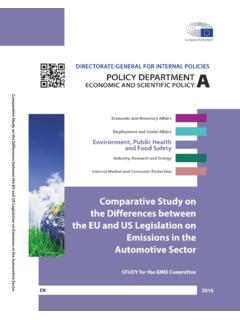
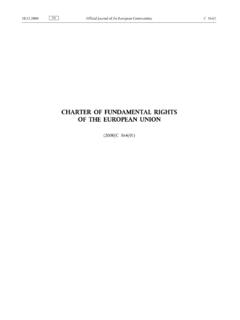
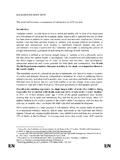
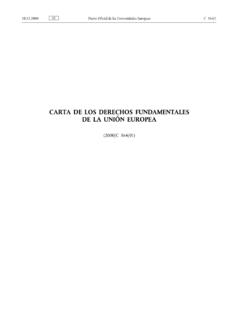
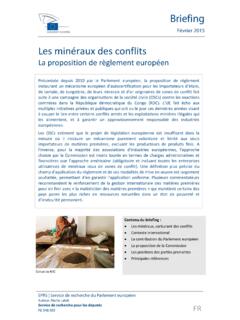
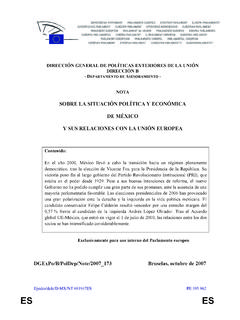
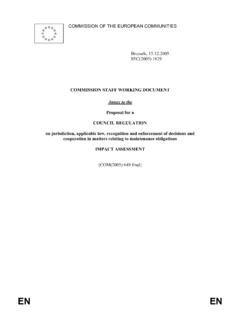
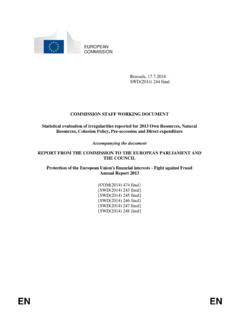

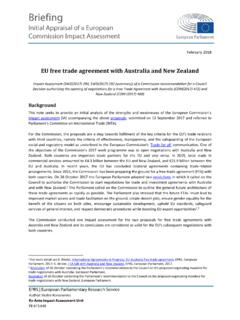
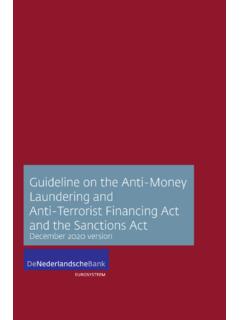
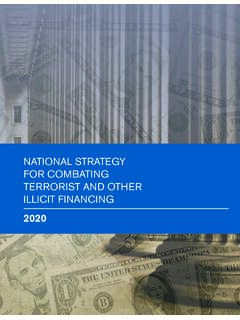

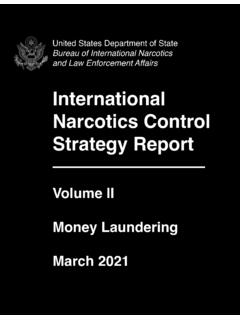
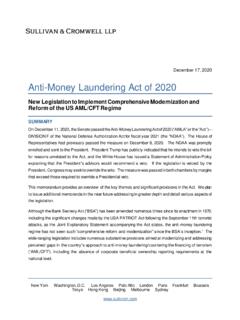
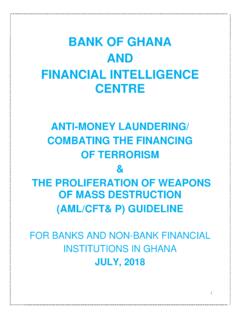


![[Provisional Translation]](/cache/preview/a/6/7/b/7/e/9/c/thumb-a67b7e9c725da77b4e87c3e548fe7983.jpg)